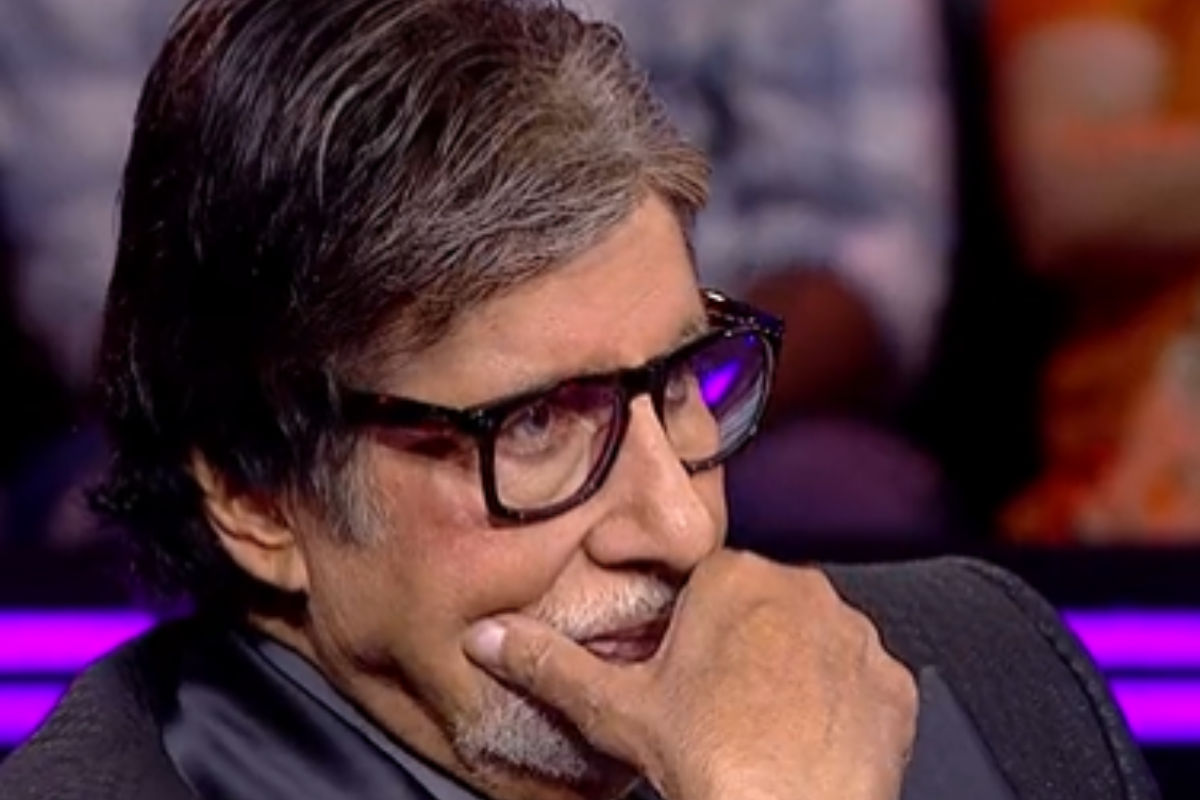KBC 14: What is the currency of Serbia country?
Serbian Krone
Serbian Dinar
Serbian Drachma
Euro
Answer: Serbian Dinar
Serbian Dinar is the currency of Serbia.
Serbia uses the dinar as its official currency There are 100 para in one dinar. In Serbia, the dinar was originally used in the Middle Ages. The year of its first usage was 1214.
The term “Serbian dinar” first appears in writing during the reign of Stefan Nemanji in 1214. Most Serbian rulers until the overthrow of Despot Stjepan Tomaevi in 1459 issued silver dinar coins. Like many other south-European coins, the early Serbian dinars resembled Venetian grosso and included Latin letters (with the word “Dux” substituted by the word “Rex”). Considering the relative quantity of silver flowing from Serbian mines, it was one of the principal export goods of medieval Serbia for many years. Venetians were concerned about this, therefore Dante Alighieri went so far as to condemn Stephen Uro II Milutin of Serbia, the reigning monarch of Serbia at the time, to Hell for forgery, alongside his Portuguese and Norwegian counterparts.
Bronze coins with denominations of 1, 5, and 10 paras were first issued in 1868. Silver coins in the values of 50 paras, 1 and 2 dinars, followed by 5 dinars in 1879, were first released in 1875. The obverses of these coins featured a portrait of Prince Mihailo Obrenovi III. The first gold coins, worth 20 dinars, were released in 1879, and 10 dinar coins followed in 1882. The term milandor (French Milan d’Or) refers to the gold coins produced at the coronation of Milan I in 1882. Bronze 2 para coins were introduced in 1904 after the introduction of cupro-nickel 5, 10, and 20 para coins in 1883.
State notes were first issued in 1876 and were in denominations of 1, 5, 10, 50, and 100 dinars. Following these notes from 1884, the Chartered National Bank issued notes for 10 dinars backed by silver and gold notes for 50 and 100 dinars. In 1905, 20 dinar gold notes and 100 dinar silver notes were released. Silver notes for 50 and 5 dinars were first issued during World War I in 1914 and 1916, respectively. The use of stamps as legal tender in the amounts of 5, 10, 15, 20, 25, 30, and 50 paras was approved in 1915.
KBC 14: Which country has 27 stars on its flag?
KBC 14: Prof. Amartya Sen has earned worldwide distinction in which fields?
KBC 14: Thomas Cup and Uber Cup are prestigious trophies of ___
KBC 14: Which mineral is needed for generation of nuclear power?







